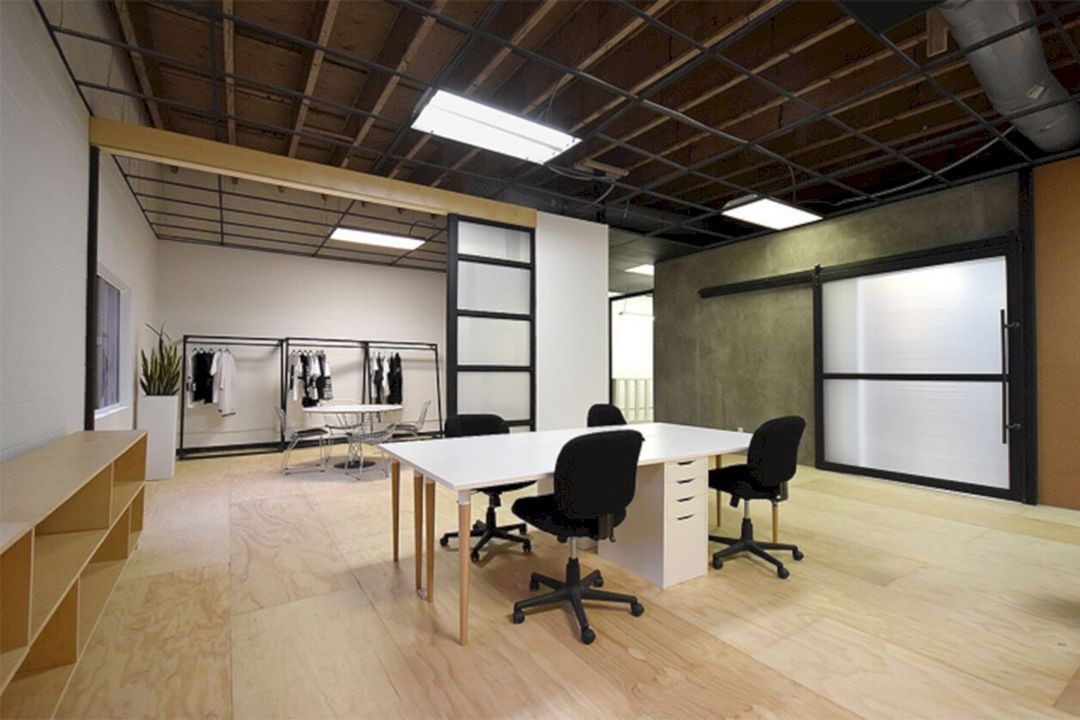In today’s connected world, perfect workspaces can be anywhere. Yes, the old saying says it’s all about location but when you’re in a work environment, it’s all about design. The important design elements can determine, not only, the aesthetics and feel of the workspace, but also affect employee productivity, involvement and satisfaction.
- Love your layout
In the office, everything must be in place. Space layout is a core element of any design and affects all elements of the workspace. Layout, in the end, is a major factor in the effect of space on its inhabitants.
Some things to keep in mind when it comes to the layout that suits you and your company – First, the layout should not only accommodate the size of your current team, but, more importantly, must take into account the growth rate of your team. In the speedy world of startups, having a modular layout can aid you in saving both time and money in what would normally be spent on construction, new furniture, and expansion. Another advantage of a flexible layout is that you can easily add in other teams, which is ideal if you want to sell additional space or spare desks.
Make sure that there is a place for people’s personal items, so that everyone can feel independent in the office. There must also be a place for employees to relax in the office – sofas, game tables, TVs, kitchens and other public areas can help employees build friendships while in the work environment. For help with your office design, consider Office Refurbishment Companies like Mobius

- Draw your office lighting properly
Natural light can affect our mood, energy, and attention, and by productivity and satisfaction in the workplace. Know the feeling of a very bright and glowing room? This is usually not fun. Instead imagine an office constructed with large windows, brightly lit in the middle of the day, a much nicer environment.
Be aware of your lighting choices, and make sure to provide sufficient lighting in every part of your workspace. If you have little natural light, add a lighting scheme that is not harsh, but strong enough to provide consistent lighting in your space.
- Give colour to your work environment
Just as we are inherently vulnerable to the emotional and mental effects of light, so are we to colour. Seeing intermittent red, like a stop sign, produces a far different effect from the pleasant tone of the calming blue sky, for example.
Understand that you can brighten and freshen up any space with more than just a coat of paint. Consider installing artwork, pictures, furnishings and plants to add a splash of colour into your office space.

- Make sure your room sounds like a winner
Having a large and open window in your workspace has advantages, a lot of light for example is a great feature of large windows. But especially in cities, large windows can mean a lot of noise. So, how do you make sure your work environment is calm enough to focus, but quite casual for collaboration? Soundproofing is a smart way to dampen excessive noise, but this can only do so much. Planning the layout is vital to keep control over where and how sound is travelling in your office.

